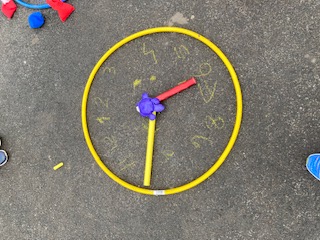
- Lesson starter/ challenge
Using your chosen equipment (i gave them stuff from PE cupboard & chalk) make a clock that has moveable hands, numbers.
Main Outdoor Teaching activity.
Using clocks made (once checked they were correct)
Revise O'clock and Half past by getting children to make the times on their clocks.
Play game- move around the playground space and find a clock that is o'clock/half past, find a clock that tells a later time/earlier time etc.
Introduced new times Quarter Past & Quarter to- using similar games - could be adapted for any time.
Read more
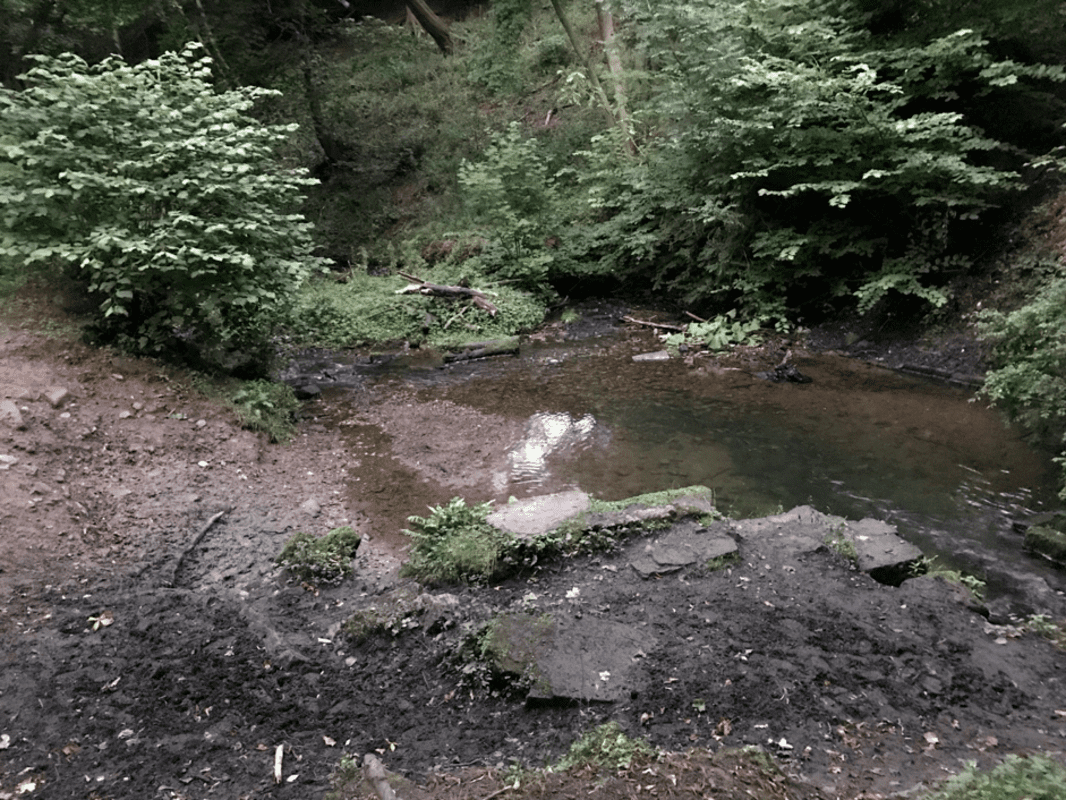
- This was the second of 4 sites visited with Advanced Higher Geographers from Trinity Academy as we worked our way downstream. The pupils measured flow rate, wetted perimeter, depth profile and size/angularity of substrate. The particular location used involved a lovely 10min woodland walk from easy parking on Redford Road. The site is ideal for study – easy access stream bank with a pronounced meander showing deposition/erosion on opposite banks. Depth was all within welly limits (we visited in November).
Dreghorn woods are a fascinating location to work in; the grounds of an old castle (now long gone; blown up by the army decades ago), the woods contain both First and Second World war training trenches, an old curling pond, an ice house and many impressive specimen trees including sizeable redwoods. There’s a display board with a map and some interpretation near the entrance off Redford Road.
Read more

- A good activity for practising the skills of measuring with a ruler, calculating area and width of rectangles.
Activity 1: Children initially worked in groups of 5 to make a rectangle with four bodies and use the square slabs to count length and width. Lots of opportunity to use vocabulary or length, width, area and perimeter which we had previously learnt in classroom. Large square slabs allowed for smaller numbers to be multiplied to calculate area.
Activity 2: Children worked in small groups of 2/3 to make rectangles with found sticks. Plenty discussion about the need for straight sticks, matching length and matching width. The children were asked to then measure the length and width with their rulers to the nearest cm (can discuss rounding). Again they calculated the area and the perimeter. Good challenge for some as they had large numbers to multiply and lots of chat about how we could do this - partitioning/ formal method/repeated addition.
Read more

- As part of Junior Rangers Programme Primary 5 pupils discovered the geological history of the local park by examining rocks in an old quarry.
We were lucky to be supported by Edinburgh University on the day. Rock rubbings, geological timelines and exploding jelly volcano made for a great day!
Here is a wee video on how to make a jelly volcano. Our volcano was just a mini version but worked really well.
Read more
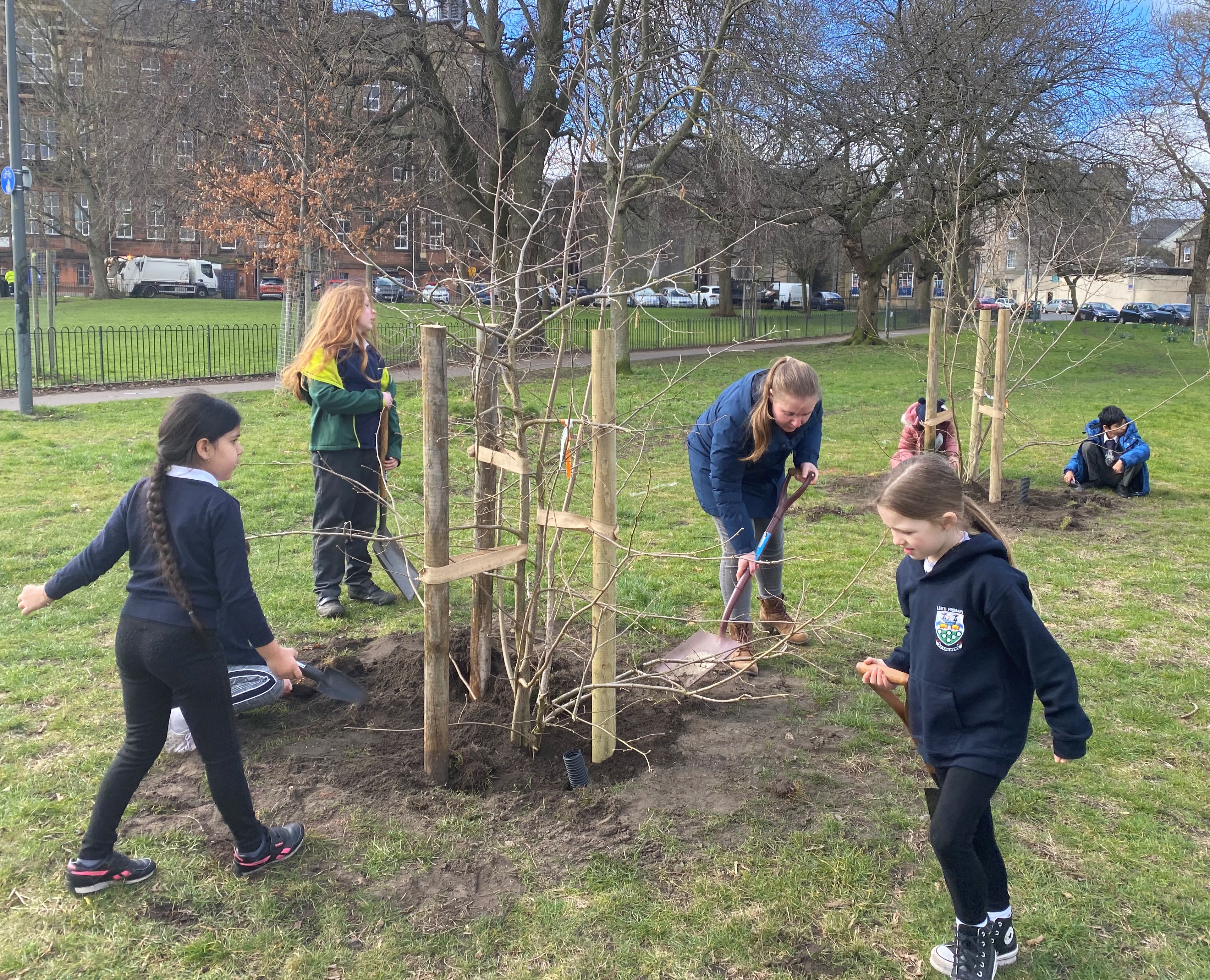
- A collaboration between Edinburgh's Thriving Green Spaces project and local schools has brought this wee idea into reality. The aim is for every learning community to have a wild space that they can use for enhancing learning. Whether that is surveying plants and animals for STEM or using the area to relax and "Take Notice" of nature, this project will give young people in Edinburgh the space to grow, learn and connect with nature.
Leith Primary and St Mary's have been involved in planting native tree species as well as surveying the area. By surveying current species schools will be able to measure impact of conservation work over time.
Read more
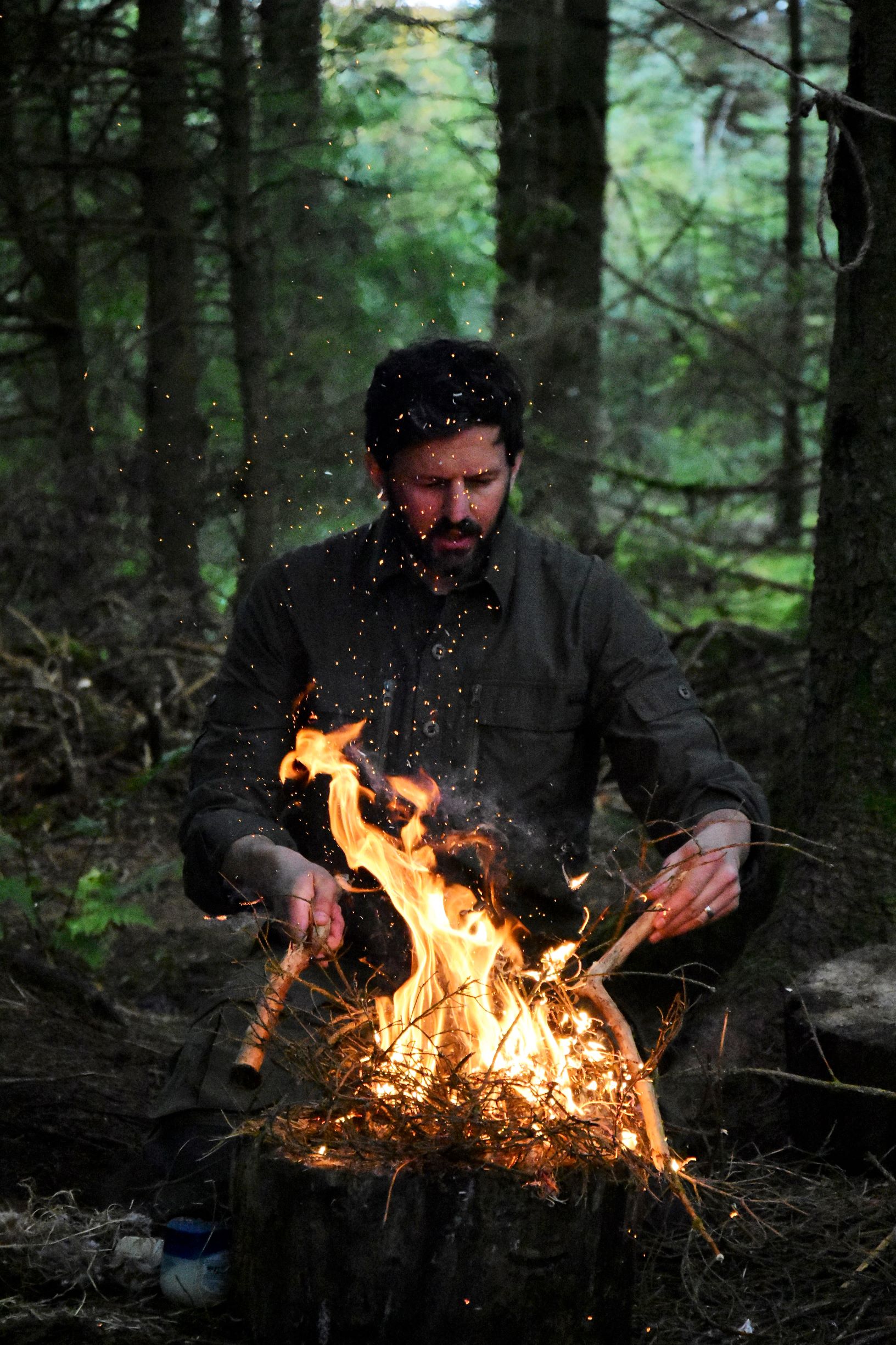
- Our bushcraft & survival skills course teaches participants techniques that can be used to survive in the wilds. Our interactive demonstrations are then put into practice in a variety of scenarios.
Participants will learn the following:
Principles of survival and survival mindset
Fire lighting using friction and other methods
Improvised shelter building
Wild foods, flora and fauna
Improvised cooking methods
Signalling and navigation
Knife safety and cutting skills
No previous bushcraft experience is required for this course.
Read more

- As part of P6 and P7 JASS award, they went to explore what Autumn treasure they could find. Taking a stroll down one of the parks historic walks (Horse Chestnut Avenue) they found hundreds of conkers which they then used to create pictures, make jewellery and play conkers. The groups loved finding the autumn treasure and enjoyed learning how to play conkers and strategising the best way of preserving. They used a small drill bit with protective gloves to drill a hole through the centre and then threaded string through. Children were involved in risk assessing the activities and decided on their own rules to help keep them safe.
This area was planted over 250 years ago by the Gilmore Family. During this time parks and garden design was beginning to capture imaginations of wealthy landowners who began to create landscapes to demonstrate wealth and importance. A decorative tree was planted, like horse chestnut, to provide shelter and scenic avenues to be enjoyed during leisure time.
Read more

- P1’s and P5’s worked on Mandala designs as part of their learning of Diwali. It was interesting to see how the different ages approached a similar task and how introducing lines of symmetry quickly turned an Art/ RME activity into Maths.
Working in cooperative groups pupils used a range of loose parts materials to design their own mandala patterns. Hoops and sticks were used for some younger children to help guide them however some older pupils chose to use hoops to add to their design. Bottle tops were particularly popular and the use of chalk enhanced the designs further. Photos were taken of pupils designs so that they had a record of their work and children understood that they would have to tidy up at the end of the session.
This tasks works well using loose parts and can be recreated in school grounds easily. In a woodland setting more natural materials can be used especially in autumn when leaves can provide some gorgeous colour.
Read more
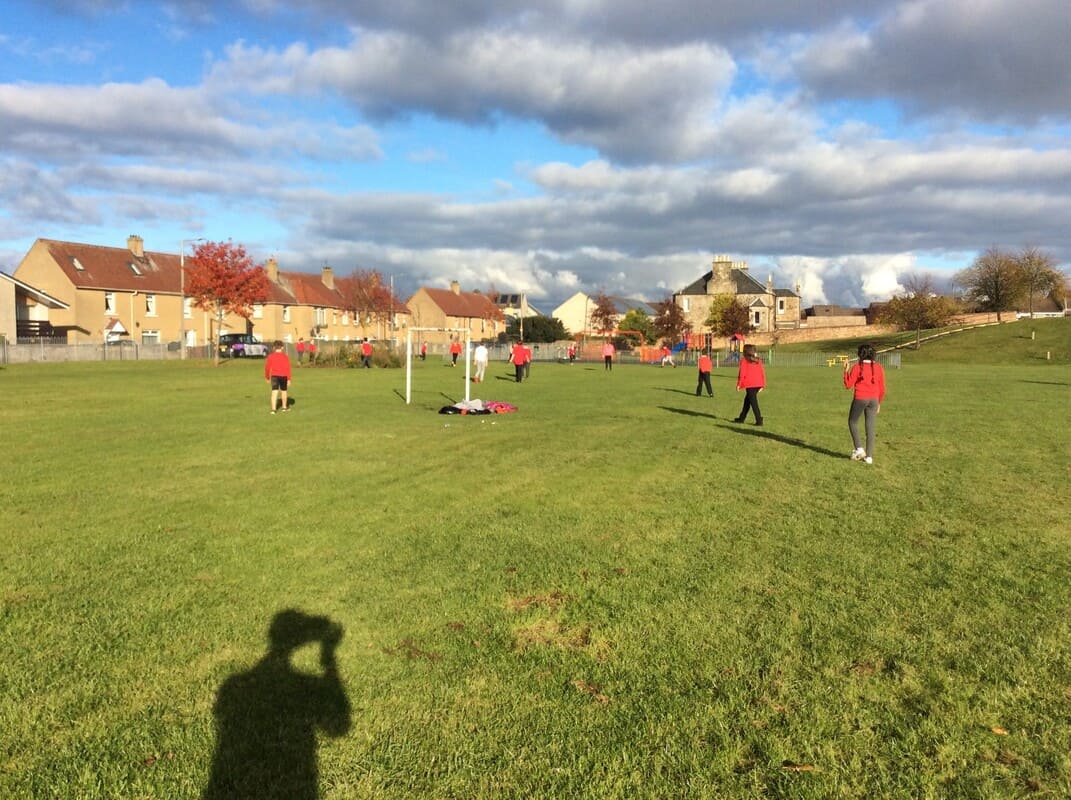
- The class visit this park weekly to develop habits of physical exercise. The park is high up in the area and includes different levels allowing for running up/downhlll. The park has a path cutting across the upper level which is useful to use for setting boundaries for the children. We play a variety of games in the park including Helpie, Crossover Tig, 100 cones, Tig games and can set up a wide relay course.
Read more
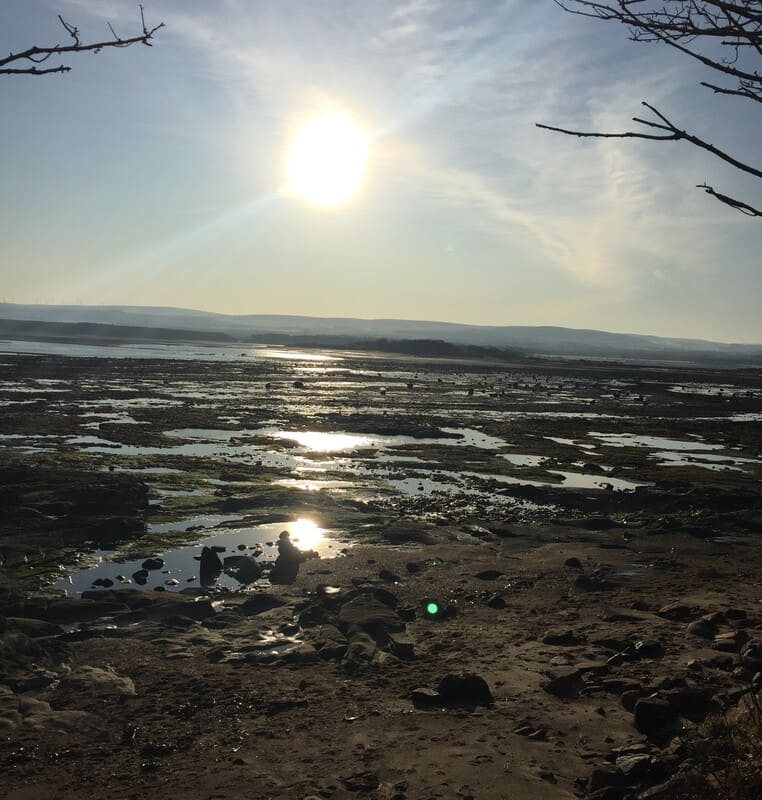
- An outdoor classroom created and maintained by a local East Lothian primary school that can be used by others so long as they are respectful of the structures that have been built and they replace the firewood that they use.
Hidden within a wooded area - you need to look closely to find this!
Read more














